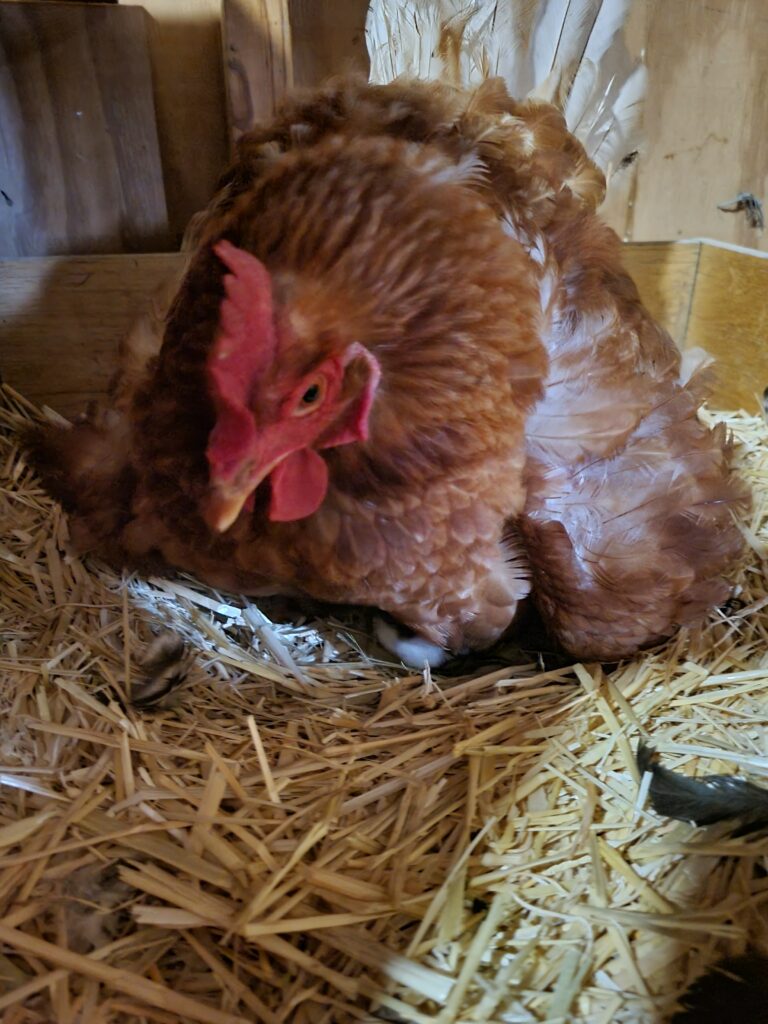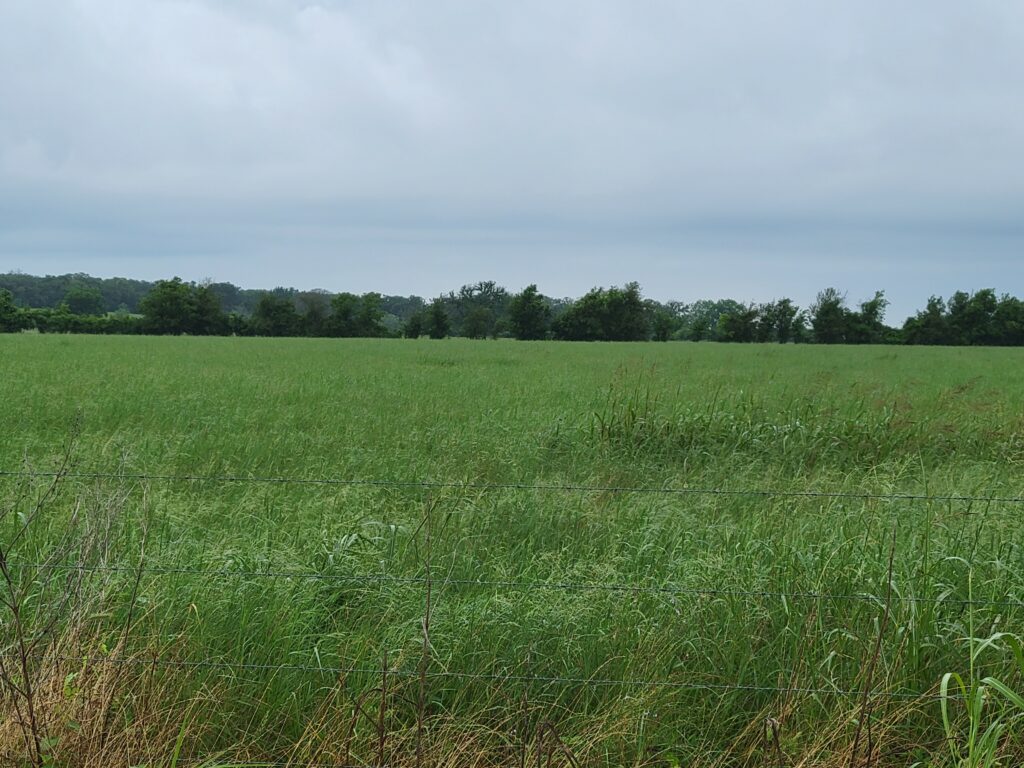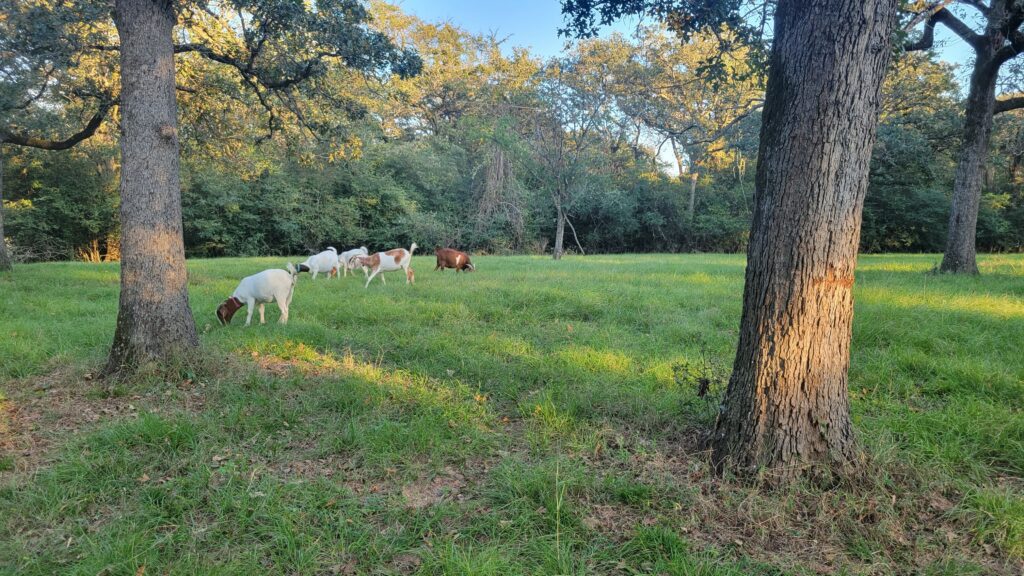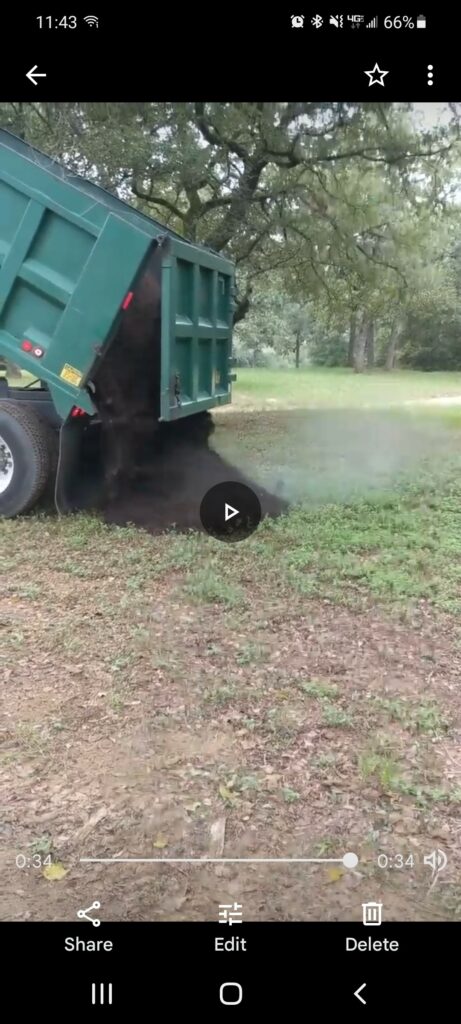“Regenerative Agriculture Certification,” Michael Smith, Farmer and Economist Dear Regenerative Certification team, It is a pleasure to submit and share what Foxglove Grove has been working toward since our initial business plan and due diligence exploration phase going back to 2015. As of 2020 we have taken 2018 proof of concept, turned it into an uncertified organic farm and 501c3 educational establishment. We are in Central Texas among acres of rolling hills, and old growth oak trees. Upon landing and establishing the legal framework, we began setting up the infrastructure to begin healing the land having a century of over grazing in the Brazos River Valley. We established sheet composting immediately. with all of its perils and the
Topics:
run75441 considers the following as important: agriculture, climate change, Farming, Michael Smith, US EConomics
This could be interesting, too:
NewDealdemocrat writes JOLTS revisions from Yesterday’s Report
Bill Haskell writes The North American Automobile Industry Waits for Trump and the Gov. to Act
Bill Haskell writes Families Struggle Paying for Child Care While Working
Joel Eissenberg writes Time for Senate Dems to stand up against Trump/Musk
“Regenerative Agriculture Certification,” Michael Smith, Farmer and Economist
Dear Regenerative Certification team,
It is a pleasure to submit and share what Foxglove Grove has been working toward since our initial business plan and due diligence exploration phase going back to 2015. As of 2020 we have taken 2018 proof of concept, turned it into an uncertified organic farm and 501c3 educational establishment. We are in Central Texas among acres of rolling hills, and old growth oak trees.
Upon landing and establishing the legal framework, we began setting up the infrastructure to begin healing the land having a century of over grazing in the Brazos River Valley. We established sheet composting immediately. with all of its perils and the overwhelming long cure time of about a year from beginning operation to usable compost. We have multiple chicken coops. Bed stray provides substrate to help us fix the nitrogen from the manure, which we then ferment prior to application.
We have also planted cover crop, such as Rye grass, and red clover.
And also purchased the equipment necessary to mulch in the cover crop for unused fields in order to create a mulch mat to cover the ground between stalks if grass.
We fenced the entire property. With help from our neighbors, to get ruminates to help graze the cover crop as well as work in the brush.
Since ruminate grazing and sheet composting are very slow, we have also had brought in tons of compost. Compost acquired from waste management and commercial compost processors in large cities far away in order to right the soil quick enough to grow crop this year. More will be necessary for next year due to the ebbs and flows of drought and the scarcity of fertilizers. This is more costly and runs antithetical to our practices of using less carbon – diesel – in order to produce our greens.
As well as using the equipment necessary to be able to handle the tonnage and spread of the organic material.
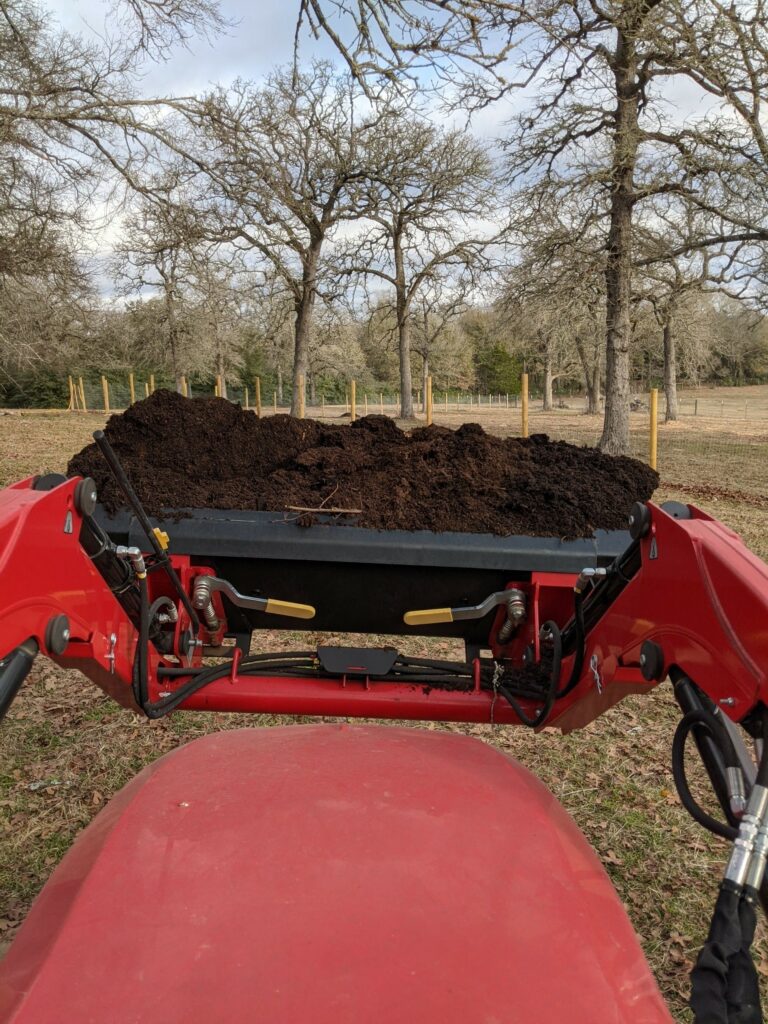
We feel that given our large investment thus far, our commitment to responsible agriculture, and educating the next generation through our partnerships, we would be great representation for the Regenerative Agriculture movement in this country.
Signed,
Monica and Mike
Foxglove Grove Texas
___________________________
Angry Bear readers . . . the above application is not an actual submission. This is more of an exercise of how much has to go into an operation to be able to farm regeneratively on even a 9 acre vegetable farm. It can be done, but it is expensive, but not as expensive over time. Better soil conditions pay you back over time. This is what I learned spreading cow manure with my grandfather.
Large scale operations are even more expensive to operate regeneratively and the bare minimum of not tilling and planting a cover crop isn’t going to really allow a huge impact in carbon sequestration. It will take huge amounts of time.
The truth is, the Regenerative Organic Agricultural Certification is a 501c3 company that lives in obscurity of Facebook buzzwords which people can Google that wants us to pay $350 to be able to put their label on our packaging. But nobody knows who the hell they are, and this strikes up the conversation again…who is certifying what, and how?
This is what is going on in Corporate America. Nestle, et al are selling you a label, without actually verifying that the contents of their packaging now being made in Mexico are being farmed in conditions anything close to what the label *implies.*
The process of regenerating the land itself we are huge believers in, we just see the corporate and media push to be disingenuous, to say the least.

